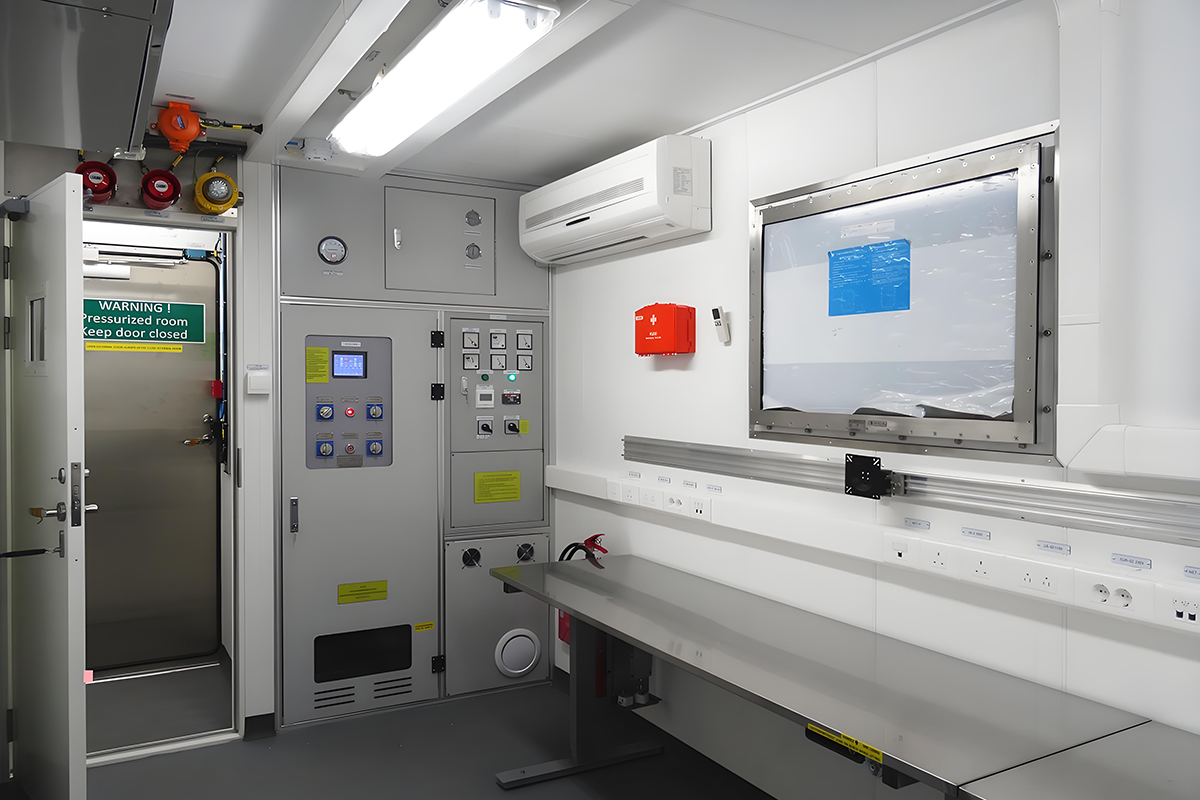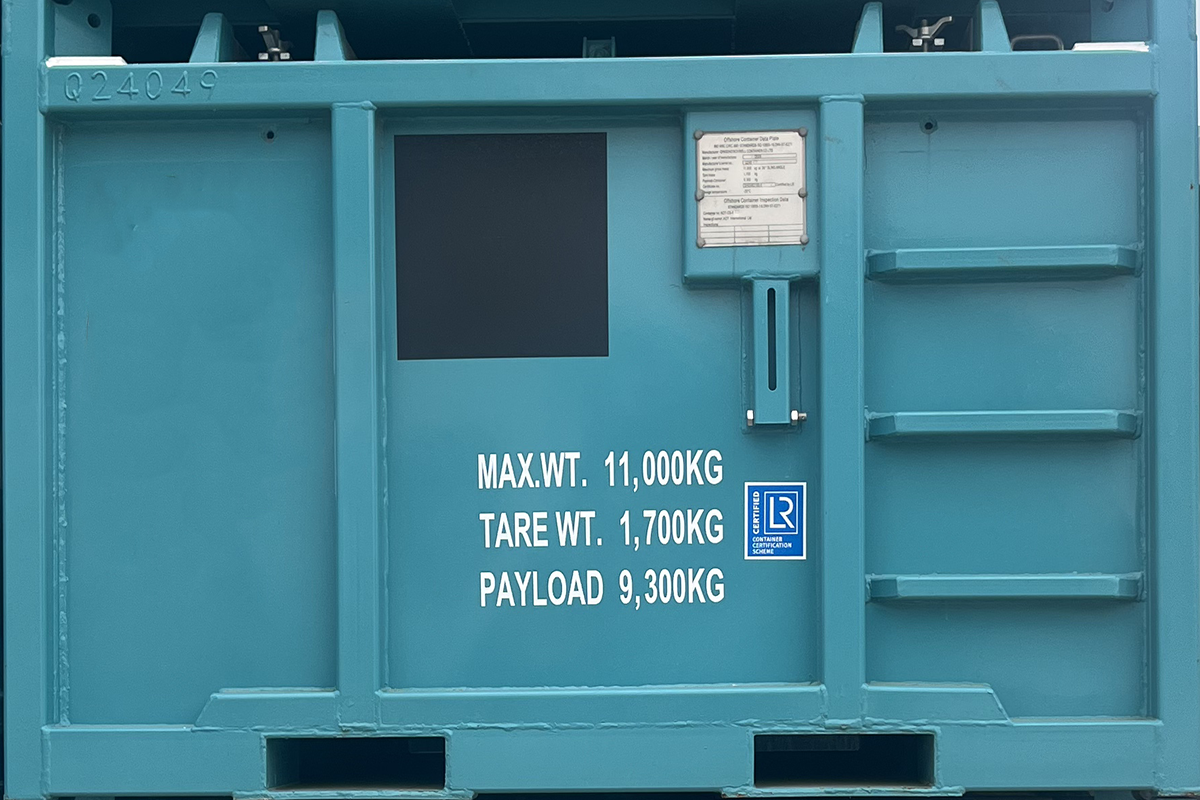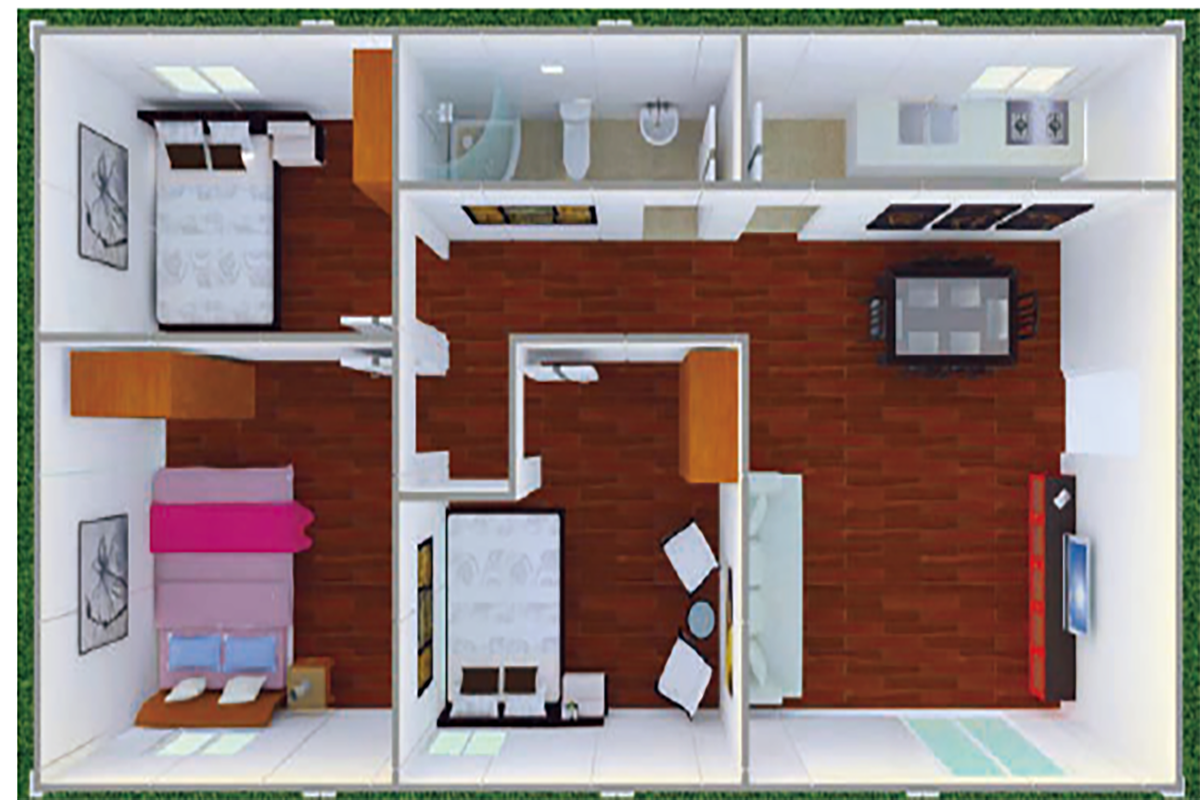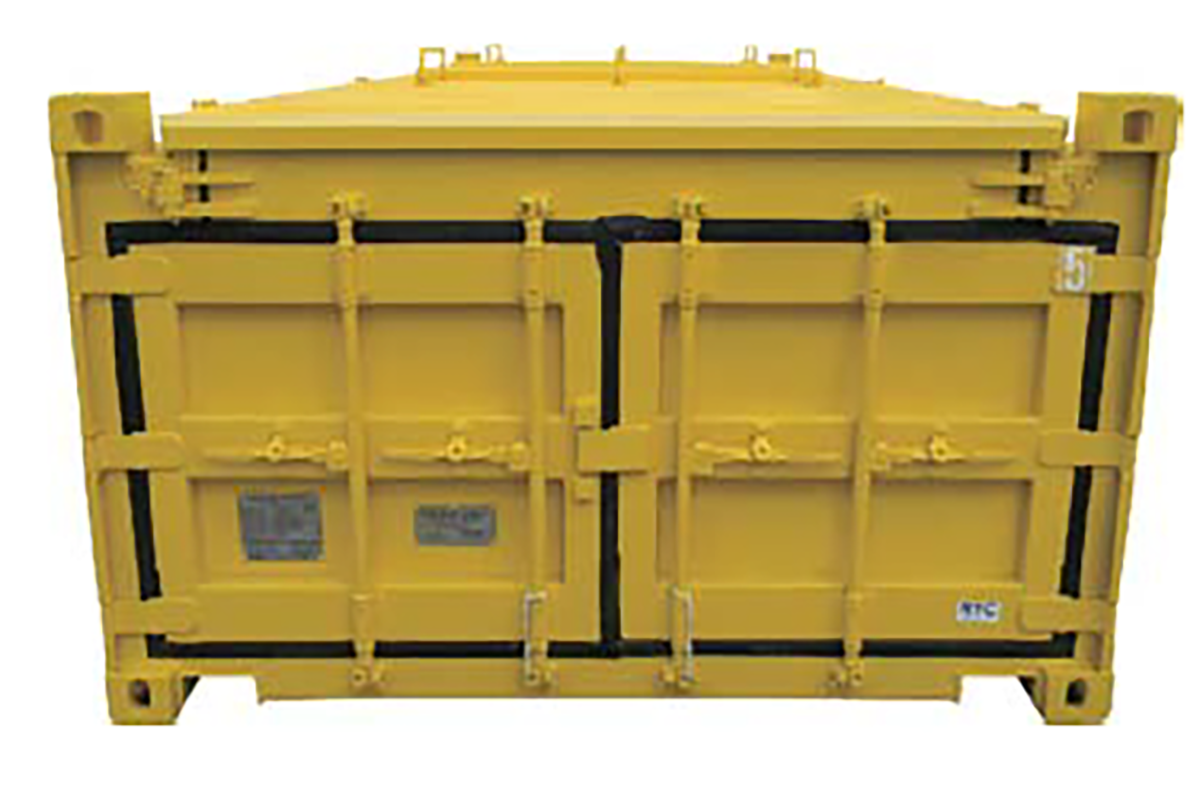PRODUCTS
Categories List

DNV 2.7-1 Positive Pressure Offshore Container
The DNV 2.7-1 Positive Pressure Offshore Container is a specialized container for marine engineering, designed and manufactured in accordance with the DNV 2.7-1 standard formulated by Det Norske Veritas (DNV). It is mainly used for the safe storage and operation of equipment in hazardous environments where flammable and explosive gases may be present. The detailed introduction is as follows:
Design and Manufacturing Standards
The DNV 2.7-1 standard sets strict regulations on the design, material selection, manufacturing processes, testing, and certification of offshore containers. During the manufacturing of positive pressure offshore containers, it is necessary to ensure that the structural strength can withstand various loads during offshore transportation and operations, such as wind-wave impact and hoisting stress, while maintaining excellent airtightness.
Principle and Advantages of Positive Pressure Function
• Principle
Through the built-in air pressurization system, the air pressure inside the container is always higher than that of the external environment. When flammable and explosive gases exist outside, these hazardous gases cannot enter the container due to the positive pressure inside, thus providing a safe environment for the equipment and personnel inside the container.
• Advantages
It can effectively prevent flammable and explosive gases from entering the container, avoid hazards such as explosions and fires, and provide reliable protection for electrical equipment, control systems, and other devices operating in hazardous environments.
Structural Features
• High-Strength Materials
High-strength steel is usually used to ensure that the container maintains excellent impact resistance, deformation resistance, and corrosion resistance in harsh marine environments, such as strong winds and high salt spray.
• Sealed Design
The doors, windows, and various interfaces of the container undergo special sealing treatment to ensure airtightness after pressurization and prevent the infiltration of external hazardous gases.
• Ventilation and Filtration System
In addition to the pressurization function, it is also equipped with ventilation and air filtration devices. On one hand, continuous ventilation can maintain the freshness of the air inside the container and prevent equipment overheating due to heat accumulation; on the other hand, the filtration device can filter out impurities, dust, and other particles in the air, protecting the normal operation of the equipment inside the container.
Application Scenarios
It is widely used in offshore oil platforms, natural gas extraction platforms, offshore refining and chemical facilities, and other locations. It is used to store equipment with high environmental safety requirements, such as electrical control cabinets, analytical testing instruments, and communication equipment. It can also be used as a temporary safe operation room for personnel to ensure operational safety.
Supplementary Notes:
Terminology Precision:
The DNV 2.7-1 Positive Pressure Offshore Container is translated as "Positive Pressure Offshore Container" to clearly highlight the core "positive pressure" function and "offshore" application scenario, consistent with international marine engineering terminology.
DNV retains the official English name "Det Norske Veritas (DNV)"—the full name of the international authoritative classification society, ensuring professionalism and recognition in the global offshore industry.
Scenario-Adaptive Expression:
Phrases like "withstand various loads such as wind-wave impact and hoisting stress" and "maintain excellent... corrosion resistance in harsh marine environments" accurately reflect the container’s adaptability to offshore working conditions, aligning with the language style of technical documents.
The use of bullet points and subheadings (e.g., "Principle and Advantages", "Structural Features") follows the logical structure of English technical introductions, making the content hierarchical and easy to read.
Logical Cohesion:
Transitional phrases such as "During the manufacturing of...", "Through the built-in...", and "In addition to..." connect different sections (standards → function → structure → application), ensuring smooth flow and consistency in expressing technical information.
MESSAGE
Please give us a message



